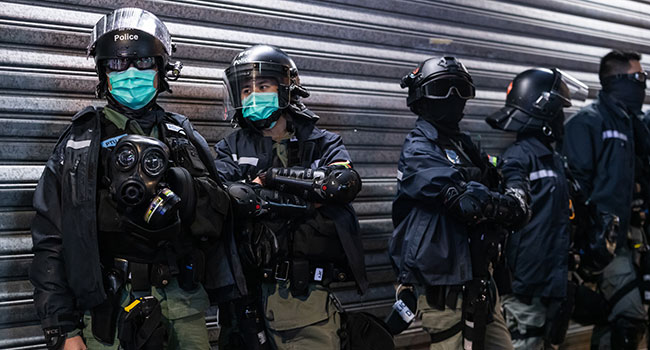
Be Vigilant as COVID Lockdowns Relax
Security firm offers insight and support requests more than double
- By Ralph C. Jensen
- May 26, 2020
Experiencing an exponential rise of COVID-19 related security cases during the pandemic, International SOS sheds light on three emerging security challenges. These are alongside underlying security issues that the pandemic environment has and will continue to exacerbate.
“Up to 75 percent of our security cases have been COVID-19 situation related in recent months, with total cases rising to double the amount we’d normally expect to see each month. Locations previously considered low security risk are experiencing new emerging risks. Many countries will also find that the pandemic environment exacerbates underlying or pre-existing security concerns,” said James Bird, security director, Intelligence and Operations at International SOS. These are notably associated with economic inequality and political polarization, which will fuel second-order security consequences. It is clear that security teams will play a critical role when transitioning to a ‘new normal’ workplace, as lockdown measures in many nations start to be relaxed. Visibility of the new security status in the current environment will be vital for the return to safe and sustainable operations.”
Emerging Security Risks:
Social unrest and petty crime - the severe worldwide economic downturn as a result of large-scale and prolonged restrictions on mobility, disruption to production and supply chains, and closure of businesses, will lead to a rise in social unrest and petty crime in certain locations.
Anti-government sentiment - will be driven by perceived poor governmental responses to the pandemic as well as high unemployment levels, potentially prompting unrest or challenges to leadership, particularly in locations with polarized societies or those with major political oppositions.
Xenophobia - an increase in nationalistic trends has already been accompanied by a rise in xenophobia in some locations, targeted at those who are falsely seen as spreading the virus or having privileged access to medicine and food supplies.
Exacerbated underlying or pre-existing security risks include:
Political violence, including terrorism, insurgency, politically motivated unrest and war.
Social unrest, including sectarian, communal and ethnic violence.
Violent and petty crime.
The effectiveness of the security and law enforcement services.
About the Author
Ralph C. Jensen is the Publisher/Editor in chief of Security Today magazine.